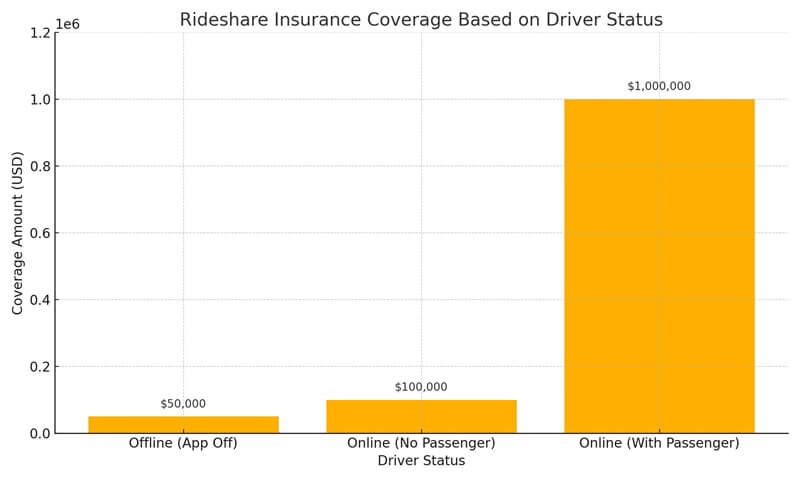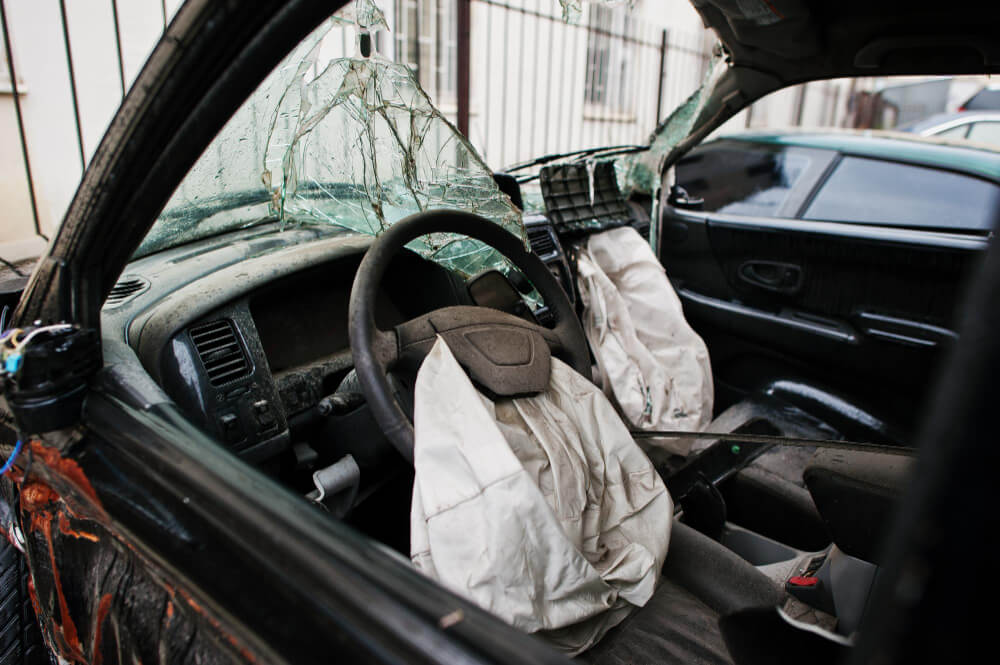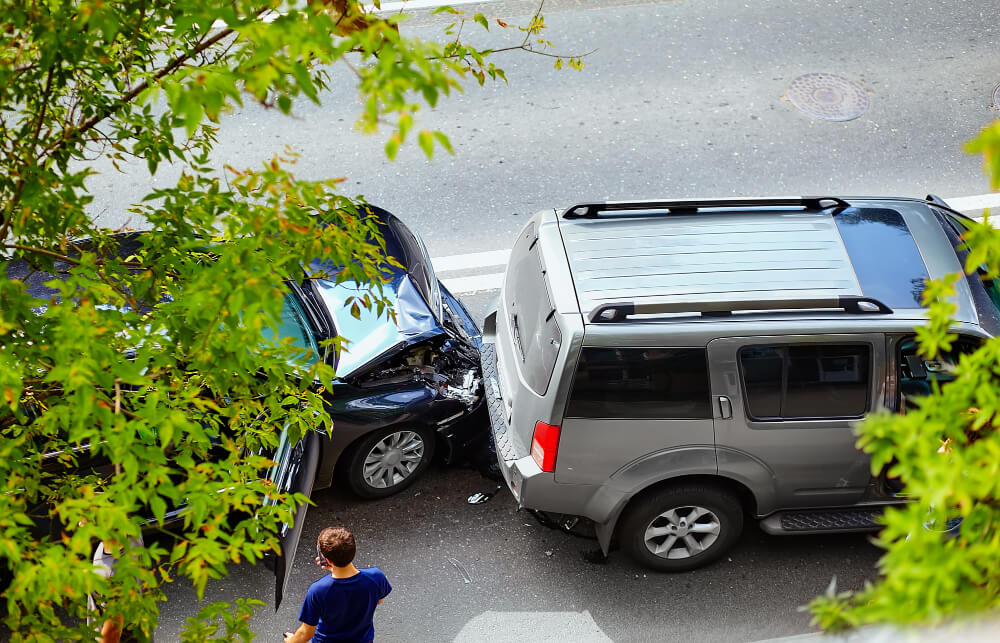Rideshare services like Uber and Lyft have transformed transportation, making travel more convenient and accessible than ever before. But as a passenger in a rideshare vehicle, what happens if you’re injured in an accident? Who is liable? How do you go about getting compensated for your injuries?
At Jimenez Law Firm, we understand how confusing and overwhelming these situations can be. That’s why we’ve broken down the process of proving liability in a rideshare accident, so you know exactly what to expect and how to protect your rights.
If you’re dealing with a complex claim involving shared fault or confusing insurance policies, visit our Ridesharing Accidents Liability in Florida page for deeper legal insights.
Understanding the Basics of Rideshare Liability
Unlike traditional car accidents, rideshare accidents involve multiple parties and layers of insurance. As a passenger, you’re not at fault. However, determining who is at fault is essential to securing compensation. Typically, one or more of the following parties may be held liable:
- The rideshare driver
- Another driver involved in the accident
- The rideshare company (Uber, Lyft, etc.)
- A third party (e.g., vehicle manufacturer, city for poor road conditions)
In situations involving multiple drivers or poor road conditions, you may also want to explore intersection accidents and who holds legal responsibility.
Step-by-Step Guide to Proving Liability
1. Call Emergency Services and Seek Medical Attention
Your health comes first. Call 911 immediately, even if injuries seem minor. A police report is an essential document that can support your claim later.
Also, seeking prompt medical attention establishes a timeline of your injuries, which is crucial in proving they were a result of the accident. Be sure to follow up with your physician and keep a detailed record of all treatments, medications, and diagnoses.
2. Document the Scene
If you’re able, collect evidence at the scene:
- Take photos of all vehicles involved, including license plates and visible damage.
- Capture road conditions, traffic signs, weather, lighting, and any contributing environmental factors.
- Get contact information from all drivers, witnesses, and your rideshare driver.
- Screenshot your ride details in the app (driver info, time of trip, pick-up and drop-off locations).
This evidence can later help recreate the circumstances of the crash and prove negligence. For additional info on gathering evidence, see our guide on What to Do If You’re Injured in a Rental Car Accident in Florida.
3. File an Accident Report with the Rideshare Company
Use the app (Uber or Lyft) to report the incident. This triggers the internal claim process and helps document the ride within the company’s systems. Both companies have user-friendly reporting tools under the “Help” or “Trip Issues” sections of their apps.
4. Determine Which Insurance Policy Applies
Rideshare drivers are covered by multiple insurance policies depending on their status at the time of the accident:
- Offline (app off): The driver’s personal insurance applies.
- Online (available but no passenger): Contingent liability coverage by the rideshare company applies—usually $50,000 per person and $100,000 per accident for bodily injury.
- Online with a passenger (like you): The rideshare company’s $1 million liability policy typically applies.
Uber and Lyft both provide this $1 million policy, but navigating the claims process requires strong supporting documentation. Learn more about insurance complexities in our article on Florida’s Evolving Auto Insurance Requirements.

Chart: Insurance coverage amounts based on the rideshare driver’s status at the time of the accident.
5. Prove Negligence
To successfully prove liability, you must demonstrate:
- The responsible party owed you a duty of care (e.g., driving safely).
- They breached that duty (e.g., speeding, distracted driving).
- This breach caused the accident.
- You suffered injuries and damages as a result.
This process often requires:
- Reviewing the police report
- Analyzing traffic or surveillance camera footage
- Consulting with accident reconstruction experts
- Gathering medical records and expert testimony
Working with an experienced attorney can streamline this process and help preserve critical evidence. If distracted driving played a role, our blog on Spotlight: Distracted Driving Laws in Florida offers key legal background.
Common Scenarios and Who May Be Liable
1. Rideshare Driver at Fault
If your rideshare driver caused the accident due to distracted driving, speeding, intoxication, or other reckless behavior, the rideshare company’s commercial liability insurance should cover your damages. If you suffered injuries as a passenger, read our resource on Passenger Injuries to understand your rights.
2. Another Driver at Fault
If another driver hit your rideshare vehicle, their insurance becomes the primary source of compensation. However, if they lack adequate coverage, Uber or Lyft’s underinsured/uninsured motorist coverage may kick in. This is also true in Hit-and-Run cases where the at-fault party flees the scene.
3. Multiple Parties Share Fault
Texas follows a modified comparative fault rule, meaning liability can be split between parties based on their degree of responsibility. Your attorney will help ensure your compensation reflects the appropriate share of fault.
4. Third-Party Negligence
Examples of third-party liability include:
- A municipality that failed to maintain safe roads
- A manufacturer that produced a defective brake system
- A construction company that left debris or signage in unsafe conditions
In fact, a recent New York Times report highlights how ongoing rideshare safety concerns have triggered calls for more regulation across several states.
Additional Subtopics to Consider
Dealing with Insurance Adjusters
After an accident, you may be contacted by insurance adjusters representing multiple parties. It’s important not to admit fault or make statements without consulting a lawyer. Adjusters may try to minimize payouts or offer quick settlements that don’t reflect your true damages.
Importance of Medical Documentation
Keep all medical records organized and updated. Include emergency room visits, follow-ups, prescriptions, physical therapy, and mental health consultations. These records are vital in proving the extent and impact of your injuries.
Preserving Digital Evidence
Besides app screenshots, retain:
- Text messages or emails from Uber/Lyft
- Medical appointments logged digitally
- Ride receipts and summaries
These pieces of evidence can help build a timeline and support your claim. If your situation involved a commercial driver, our Trucking Accidents Guide offers helpful context.
Why Legal Representation Matters
Rideshare accident claims often involve:
- Complex insurance coverage layers
- Corporate legal teams
- Aggressive insurance adjusters looking to minimize payouts
Having an experienced personal injury attorney can make all the difference. At Jimenez Law Firm, we:
- Investigate the accident thoroughly
- Identify all liable parties
- Handle all communication and negotiation with insurance companies
- Fight for maximum compensation for your injuries, medical expenses, lost wages, and emotional distress
Our goal is to handle the legal complexities so you can focus on recovery. Learn more about our Uber & Lyft Accident Attorney Services.
What You Can Be Compensated For
If you’re injured in a rideshare accident as a passenger, you may be entitled to compensation for:
- Emergency care and medical bills (current and future)
- Lost income or diminished earning capacity
- Pain and suffering
- Emotional distress
- Permanent disability or disfigurement
- Property damage (if personal belongings were affected)
Compensation amounts vary based on the severity of your injuries and the specifics of the case.
When to File Your Claim
In Texas, the statute of limitations for personal injury claims is two years from the date of the accident. Delaying your claim could jeopardize your chances of recovery, so it’s important to take action quickly.
Additionally, filing insurance claims as early as possible ensures your case is taken seriously and evidence is preserved.
Final Thoughts
Being a passenger in a rideshare accident can be disorienting and stressful, especially when you don’t know who to hold accountable. But with the right steps and legal guidance, you can protect your rights and pursue the compensation you deserve.
Jimenez Law Firm is here to help every step of the way. We know how to navigate the complexities of rideshare accident cases and stand up to big corporations and insurers on your behalf.
Need help with your rideshare accident claim? Contact Jimenez Law Firm for a free consultation today.
Frequently Asked Questions
1. Who can be held liable in a rideshare accident?
Liability may fall on the rideshare driver, another motorist, the rideshare company (like Uber or Lyft), or even a third party like a city or auto manufacturer, depending on the circumstances.
2. What insurance coverage applies in a rideshare accident?
If the driver was transporting a passenger, Uber or Lyft’s $1 million liability policy typically applies. If the driver was off-duty, their personal auto insurance is responsible.
3. Can I sue Uber or Lyft directly for my injuries?
In most cases, you cannot sue the company directly due to their drivers being classified as independent contractors. However, their insurance policy may still cover your injuries.
4. What should I do immediately after a rideshare accident?
Call 911, seek medical care, document the scene (photos, app screenshots), gather witness contact info, and report the crash via the rideshare app.
5. How do I prove who was at fault in a rideshare accident?
You’ll need police reports, medical records, eyewitness statements, dashcam or traffic footage, and possibly expert testimony to establish negligence and liability.
6. What if another driver caused the accident while I was in a rideshare?
If another driver was at fault, their insurance should compensate you. If they’re uninsured or underinsured, Uber or Lyft’s UM/UIM coverage may apply.
7. How long do I have to file a claim for a rideshare accident injury?
In Texas, you typically have two years from the date of the accident to file a personal injury claim. It’s best to consult an attorney as soon as possible.




